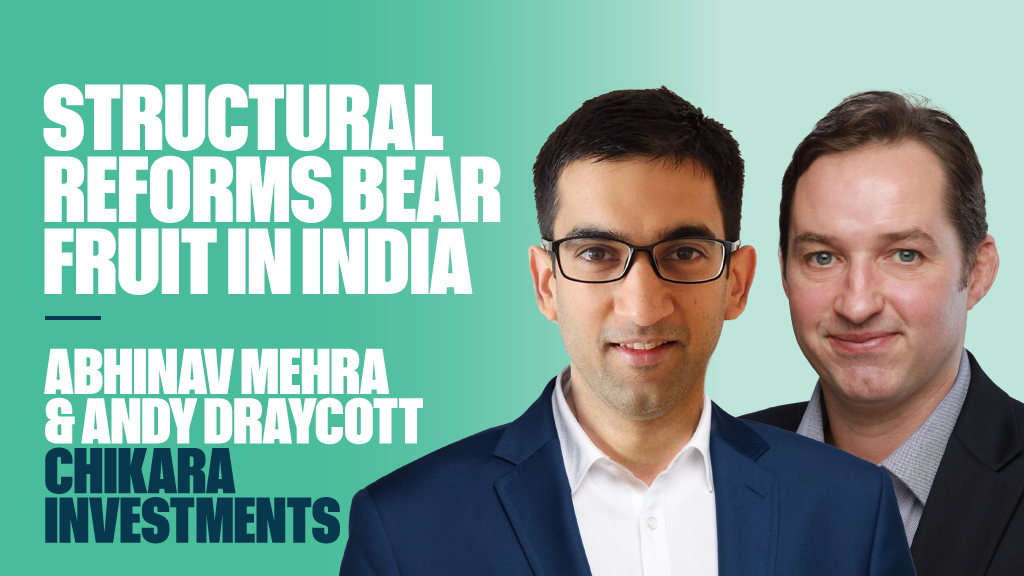Pioneers Thomas Rowe Price and Ben Graham, and even modern investors of the calibre of Warren Buffett, are unlikely to see their reputations harmed by today’s trend for blending investment styles to suit markets, but investors still need to be comfortable with what they are getting from fund managers. Clarity is king.
So what do we mean by growth and value? According to Nick Sketch, senior investment director at Investec Wealth & Investment, value investors tend to say their portfolio trades at a discount to their best guess of intrinsic value or the market or both, using today’s numbers; they will focus more on that than on the superiority of each stock’s long-term business model or future earnings per share growth. They often have a bias against megacaps, favour fundamental research and view themselves as contrarians.
Catching the momentum
Growth investors, on the other hand, tend to buy momentum, whether this is on a price, earnings or earnings estimate upgrade basis. They will usually talk less about the static valuation of their portfolio, and if they do discuss valuation may well refer to discounted cash flow (DCF) models based on future earnings growth looking out over many years.
Tim Cockerill, head of collectives research at Rowan Dartington, believes income investing remains strongly associated with a value approach – income managers seek companies that are relatively profitable and paying out a high dividend while their shares remain inexpensive.
With growth investing, the emphasis is more on businesses growing their top line and increasing market share, perhaps with new products and new managers delivering change.
However, he sees a blend of styles as taking precedence: “I often come across managers that can invest in essentially what are growth stocks, but on a valuation basis they look attractive. When you drill down, one person’s growth stock could be another person’s value stock. It is not always clear cut."
End of the spectrum
Jonathan Barber, a manager on Threadneedle’s UK Equity Income Fund, says most stockpickers do have a bias either way and that income managers are more inclined towards the value end of the spectrum.
However, his team are happy to give the fund a slight “growth twist” reflecting, he says, that “our best ten growth ideas are better than our 51st to 60th best value ideas. It follows that we blend the income at the portfolio level rather than religiously saying that every stock must trade at a yield premium to the market.”
Things are not as clear cut as we might presume then, and there are other factors to consider, notably growth and value indices and how closely they are tracked by fund managers. I’ll be exploring this issue in much greater detail in the September issue of Portfolio Adviser, out next week.











